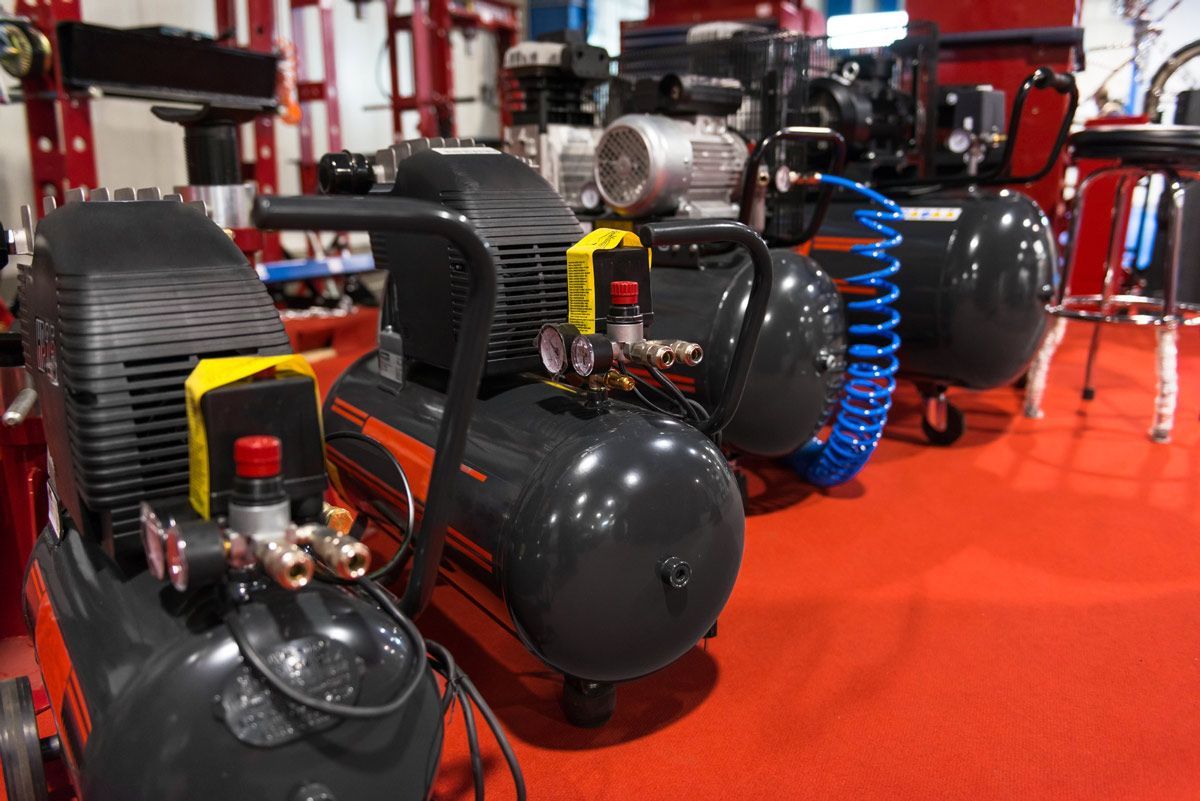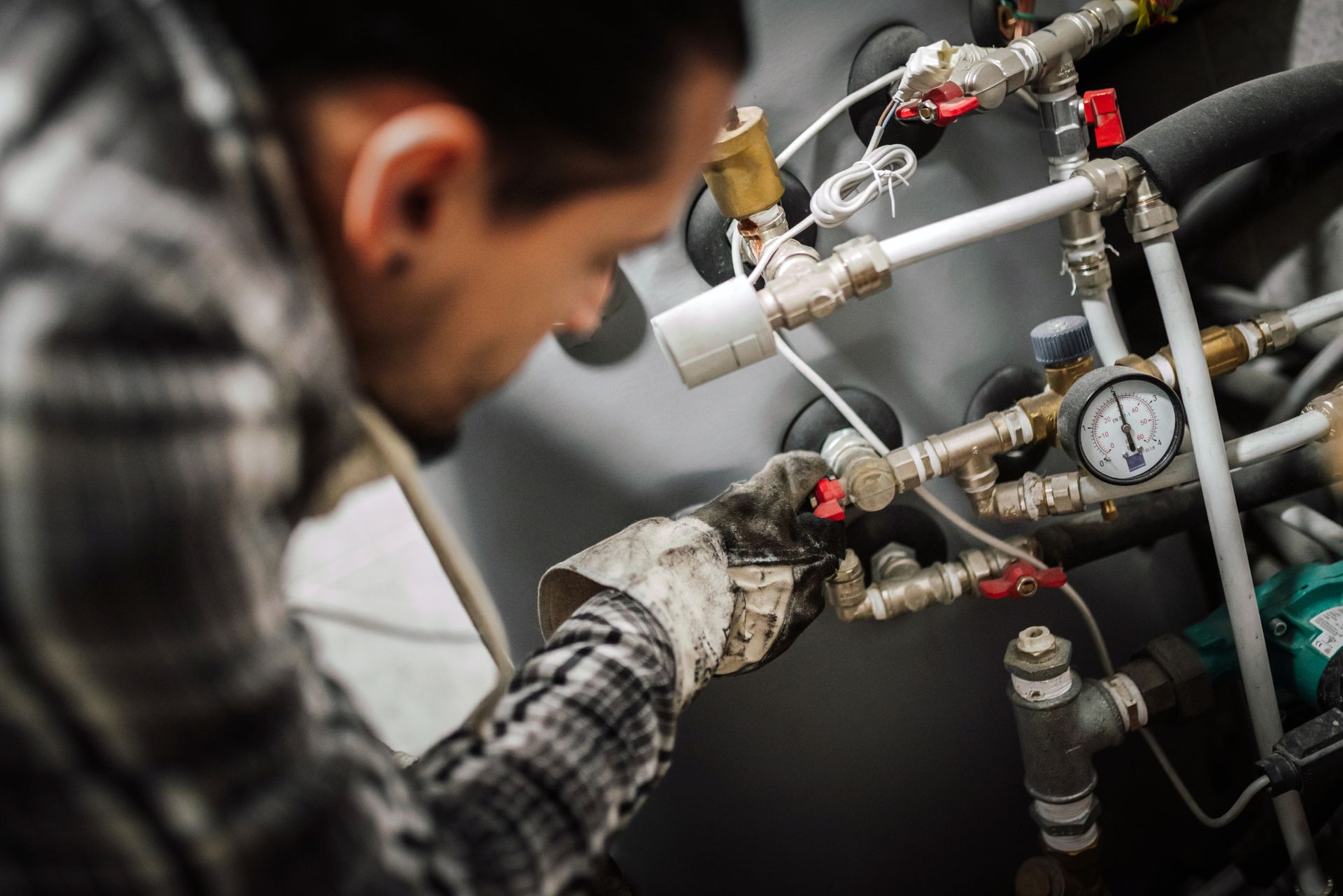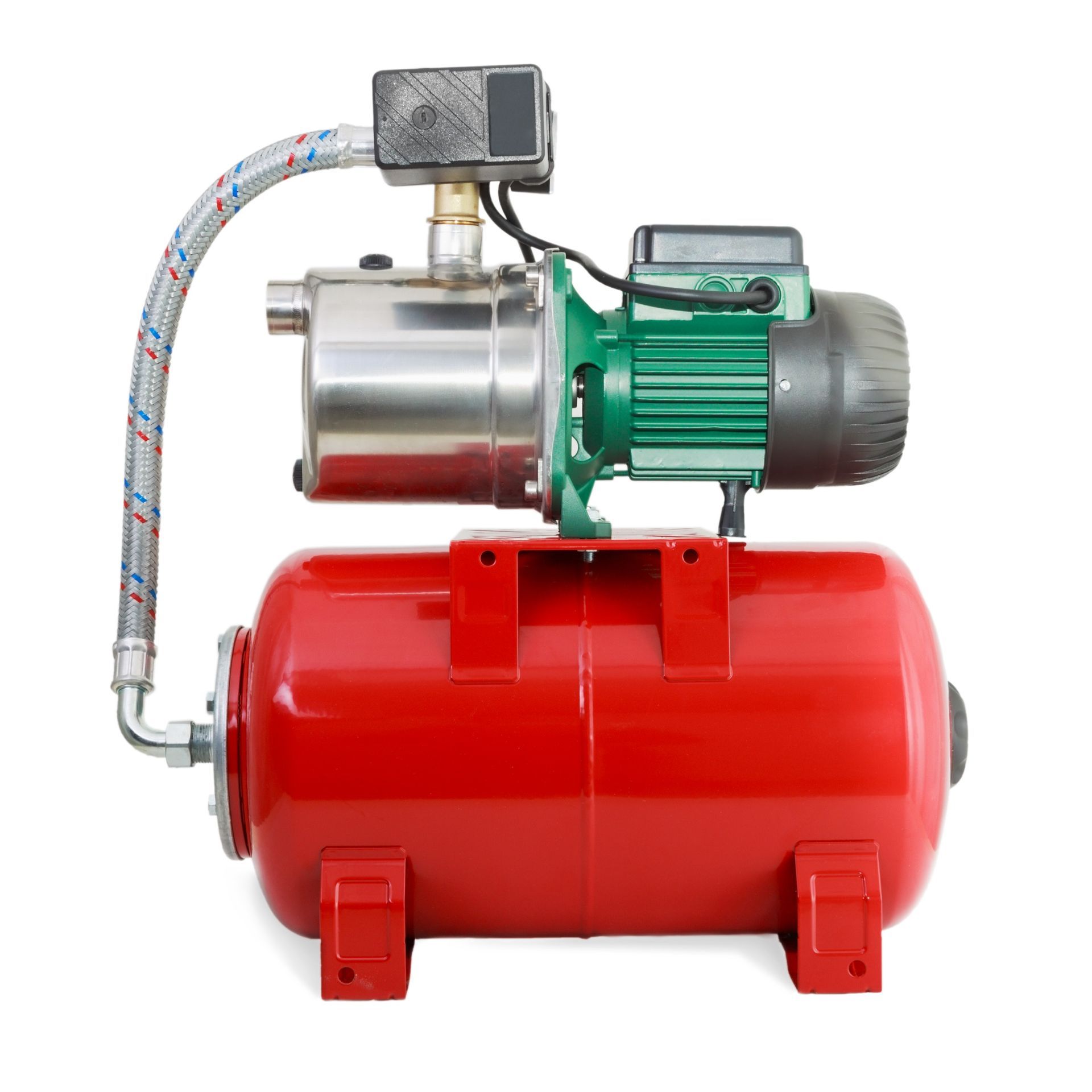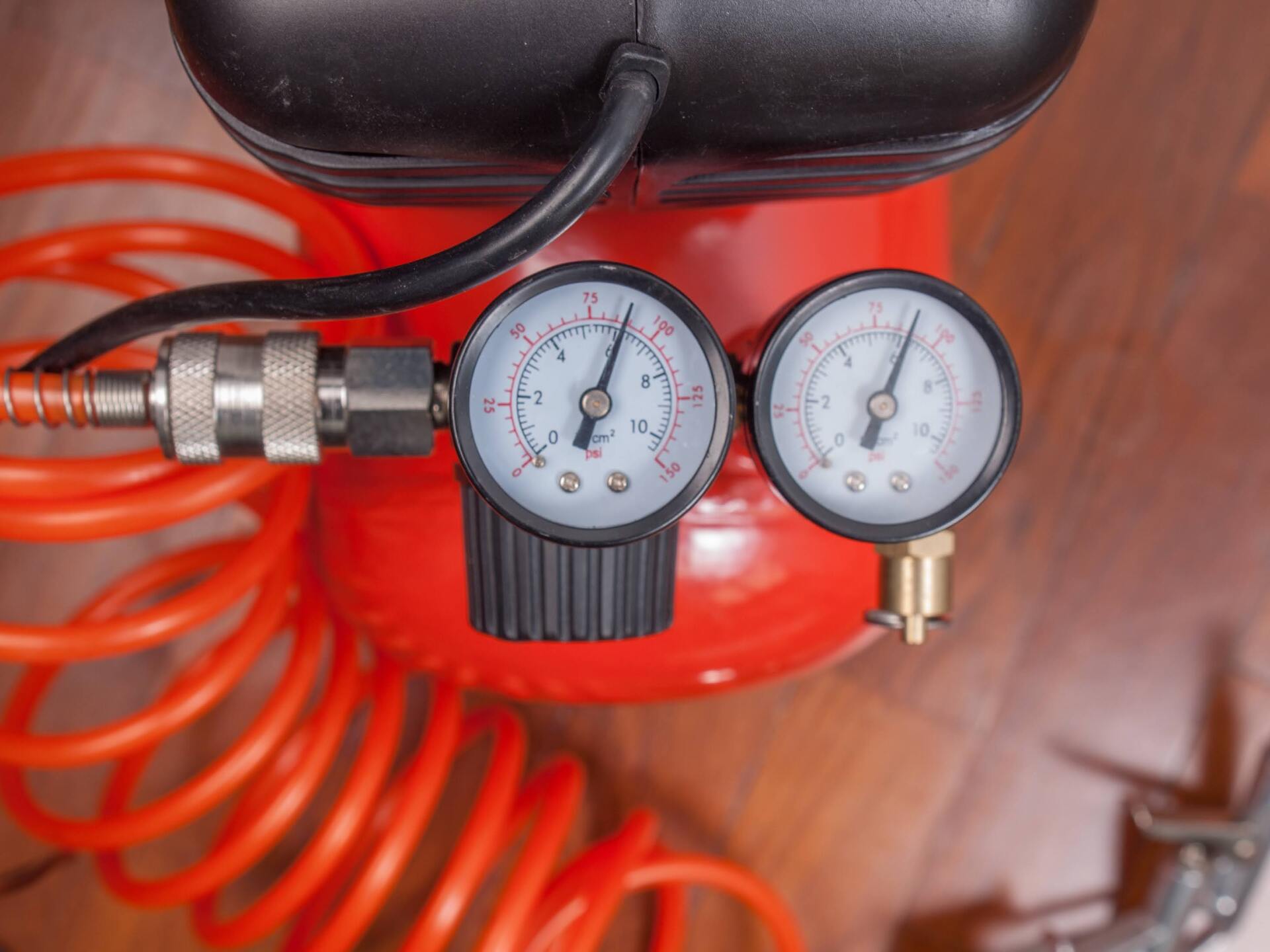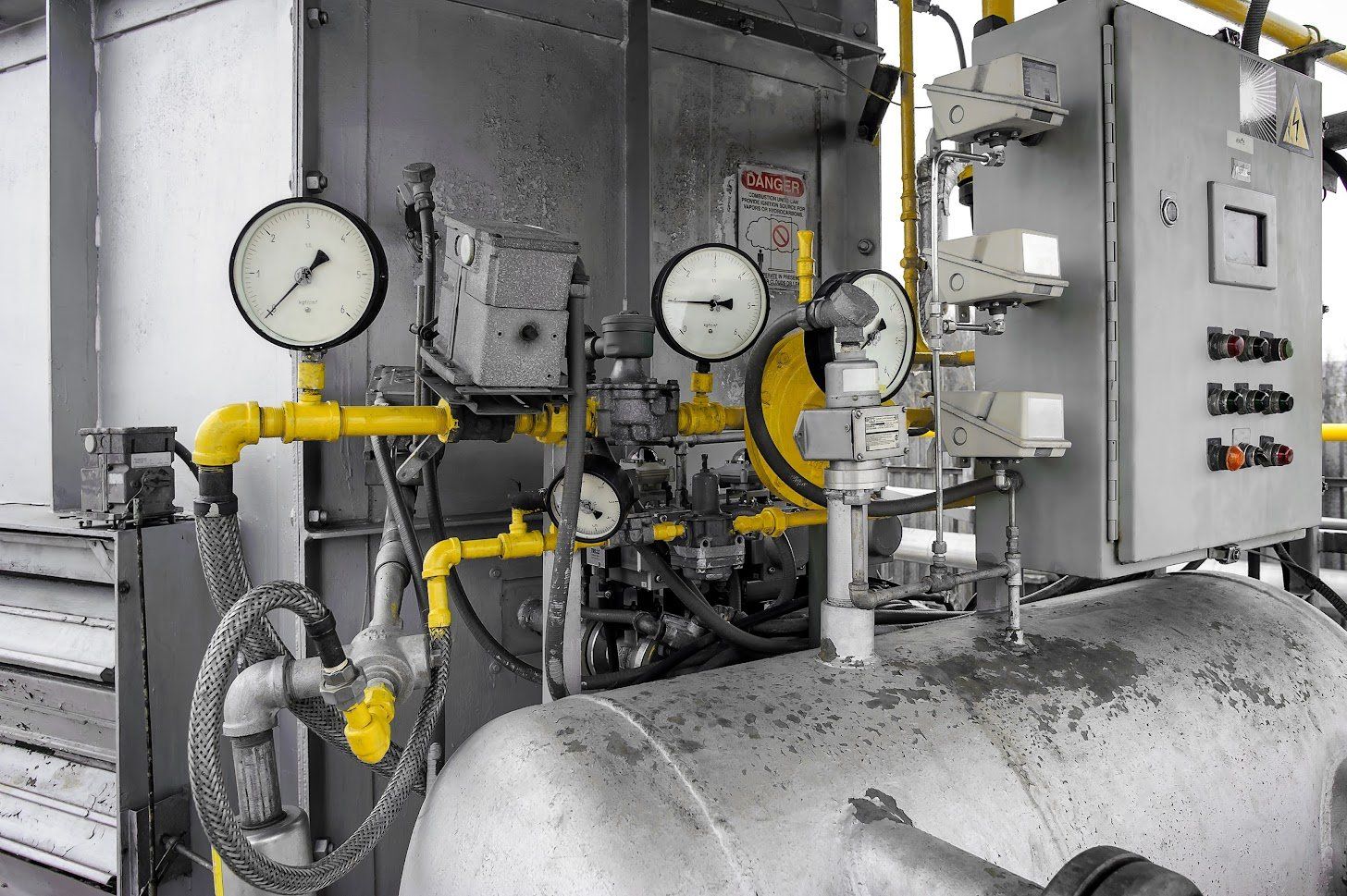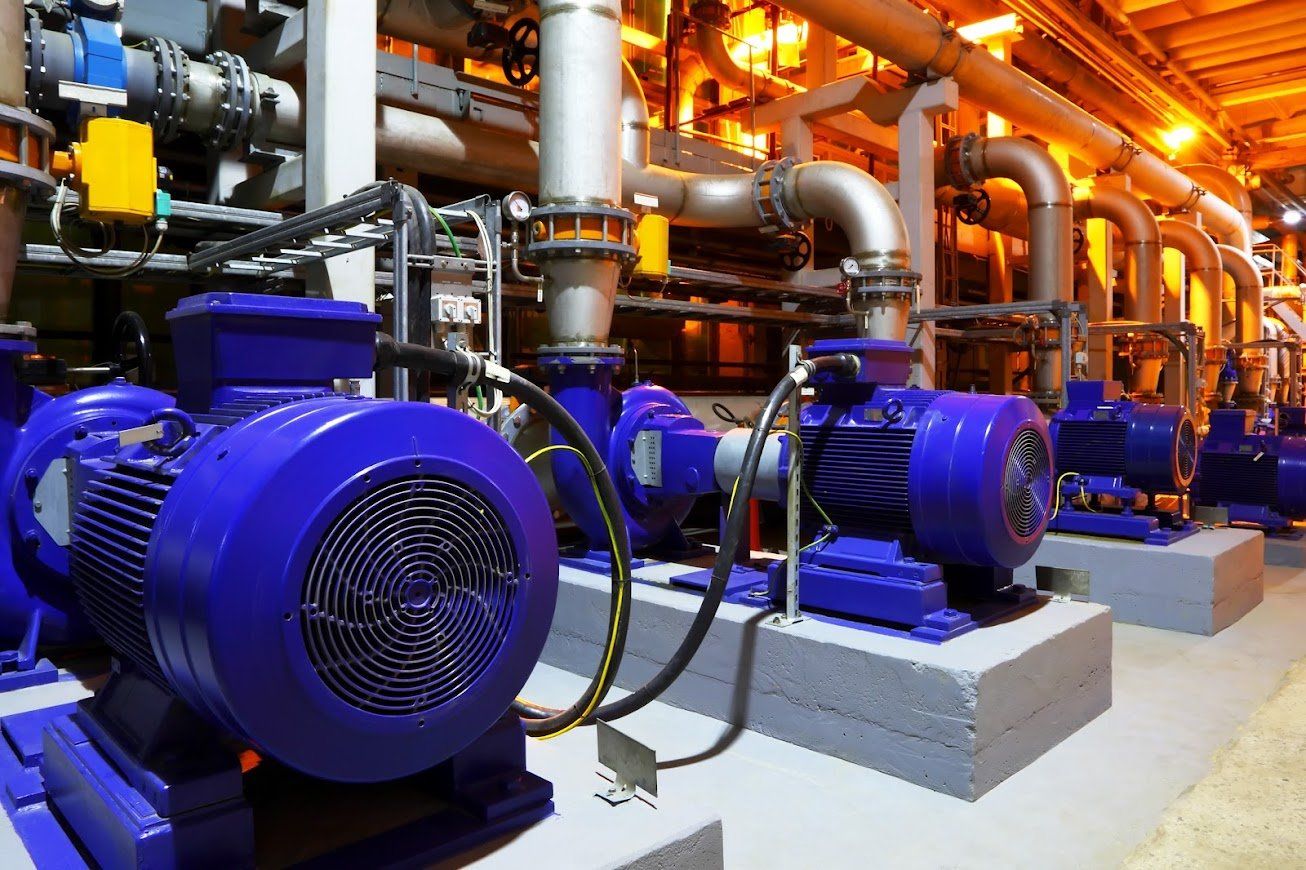Blog Layout
How to Reduce Pressure Drops in Your Compressed Air System
How to Reduce Pressure Drops in Your Compressed Air System
- By Admin
- •
- 08 Jun, 2021
- •
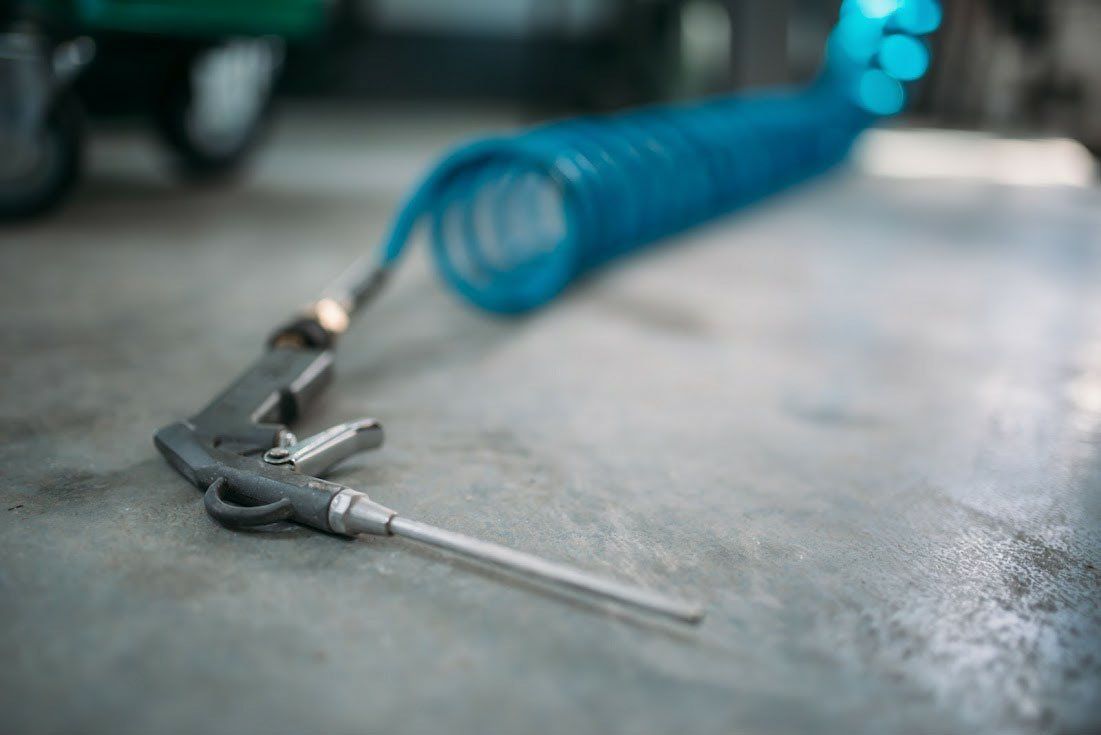
Every compressed air system experiences inefficiency due to friction within the piping system, and some can even experience pressure drops. However, if the pressure drops a little too much, it can slow down the overall performance and increase the system's energy consumption.
To minimize pressure drops in your compressed air system, here are three steps you should take.
1. Identify the Causes of Pressure Loss in Your System
The best solution is to identify the location and cause of pressure loss using a system audit. An audit is a comprehensive inspection of a system to identify problem areas within the system, specifically those directly affecting its performance and durability.
You can conduct a basic audit, a full system audit, or data logging. The aim is to look for any obstructions, roughness, or restrictions in the system that cause poor airflow or a pressure drop. In the audit, you should focus on two causes: air quality components and air supply components.
Air contaminants such as water vapor, oil, and corrosive gas fumes can greatly affect air quality components such as after-coolers, dryers, filters, moisture separators, and lubricant separators. These contaminants will affect pneumatic circuits, valves, and rotary actuators by reducing flow, lodging particulates in the valves, and breaking seals, which then allows air to leak.
As for the air supply components, you must inspect your hoses, piping tees, elbows, couplings, and tubing to check for leaks, damage, or corrosion. These components cause the highest pressure drops, so they should be your main focus. Use an ultrasonic leak-detecting device to check for tiny leaks in those components.
2. Fix the Causes of Pressure Loss
Now that you have identified the causes of your pressure drops, you should fix or replace these components to enhance efficiency. You can do a lot of things here to minimize pressure drops, including replacing rusted tubing and kinked, defective, or worn-down hoses. These connecting components are the most likely culprit, so if you notice rust, holes, or cracks, replace them immediately.
You should also clean and change your air filters; if they're too dirty or clogged, they'll affect proper air filtration. Reset your regulator's settings to avoid energy wastage or get a new programmable type designed for maximum pressure-drop reduction. Also, change your lubricators so they're the right size for your system.
You can also replace your supply components such as the after-cooler, dryer, and moisture and oil separator. However, as you replace these components, ensure their replacements will have the least possible pressure drop at their highest operating conditions.
3. Redesign the System Distribution
Lastly, redesign the layout of your compressed air system to reduce the distance air must travel in the system. The more distance air has to travel through pneumatic tools, the more likely air will leak, causing pressure losses. Therefore, when you redesign your system, eliminate unnecessary extensions to ensure an airtight flow from the compressor discharge to the actual point of use.
A simple way to redesign the system is to move the important elements and tools closer to the air compressor. If you shorten the distance the air travels through the hoses, you'll shorten the amount of time the air is traveling and thus improve the efficiency of the compressor.
Pressure drops can affect the quality of your operation. Still, if you conduct regular system audits to check for air leaks, fix crucial compressor components, and maintain an effective and efficient system layout, you can significantly reduce pressure drops in your system.
If you need professional assistance to fix pressure drops in your compressed air system, get in touch with us today. The team at Compressed Air Systems is here to help with your air compressor needs.
To minimize pressure drops in your compressed air system, here are three steps you should take.
1. Identify the Causes of Pressure Loss in Your System
The best solution is to identify the location and cause of pressure loss using a system audit. An audit is a comprehensive inspection of a system to identify problem areas within the system, specifically those directly affecting its performance and durability.
You can conduct a basic audit, a full system audit, or data logging. The aim is to look for any obstructions, roughness, or restrictions in the system that cause poor airflow or a pressure drop. In the audit, you should focus on two causes: air quality components and air supply components.
Air contaminants such as water vapor, oil, and corrosive gas fumes can greatly affect air quality components such as after-coolers, dryers, filters, moisture separators, and lubricant separators. These contaminants will affect pneumatic circuits, valves, and rotary actuators by reducing flow, lodging particulates in the valves, and breaking seals, which then allows air to leak.
As for the air supply components, you must inspect your hoses, piping tees, elbows, couplings, and tubing to check for leaks, damage, or corrosion. These components cause the highest pressure drops, so they should be your main focus. Use an ultrasonic leak-detecting device to check for tiny leaks in those components.
2. Fix the Causes of Pressure Loss
Now that you have identified the causes of your pressure drops, you should fix or replace these components to enhance efficiency. You can do a lot of things here to minimize pressure drops, including replacing rusted tubing and kinked, defective, or worn-down hoses. These connecting components are the most likely culprit, so if you notice rust, holes, or cracks, replace them immediately.
You should also clean and change your air filters; if they're too dirty or clogged, they'll affect proper air filtration. Reset your regulator's settings to avoid energy wastage or get a new programmable type designed for maximum pressure-drop reduction. Also, change your lubricators so they're the right size for your system.
You can also replace your supply components such as the after-cooler, dryer, and moisture and oil separator. However, as you replace these components, ensure their replacements will have the least possible pressure drop at their highest operating conditions.
3. Redesign the System Distribution
Lastly, redesign the layout of your compressed air system to reduce the distance air must travel in the system. The more distance air has to travel through pneumatic tools, the more likely air will leak, causing pressure losses. Therefore, when you redesign your system, eliminate unnecessary extensions to ensure an airtight flow from the compressor discharge to the actual point of use.
A simple way to redesign the system is to move the important elements and tools closer to the air compressor. If you shorten the distance the air travels through the hoses, you'll shorten the amount of time the air is traveling and thus improve the efficiency of the compressor.
Pressure drops can affect the quality of your operation. Still, if you conduct regular system audits to check for air leaks, fix crucial compressor components, and maintain an effective and efficient system layout, you can significantly reduce pressure drops in your system.
If you need professional assistance to fix pressure drops in your compressed air system, get in touch with us today. The team at Compressed Air Systems is here to help with your air compressor needs.
Browse Our Website
Contact Information
Address:
19009 61st Ave NE, Unit #5 Arlington WA 98223
Phone:
360-925-6356Mobile: (425) 328-0723
Email:
ed@compressedair-systems.com
Hours of Operation
- Mon - Fri
- -
- Sat - Sun
- Appointment Only






Serving Whatcom, Skagit, Snohomish King, and Pierce Counties.
Content, including images, displayed on this website is protected by copyright laws. Downloading, republication, retransmission or reproduction of content on this website is strictly prohibited. Terms of Use
| Privacy Policy


